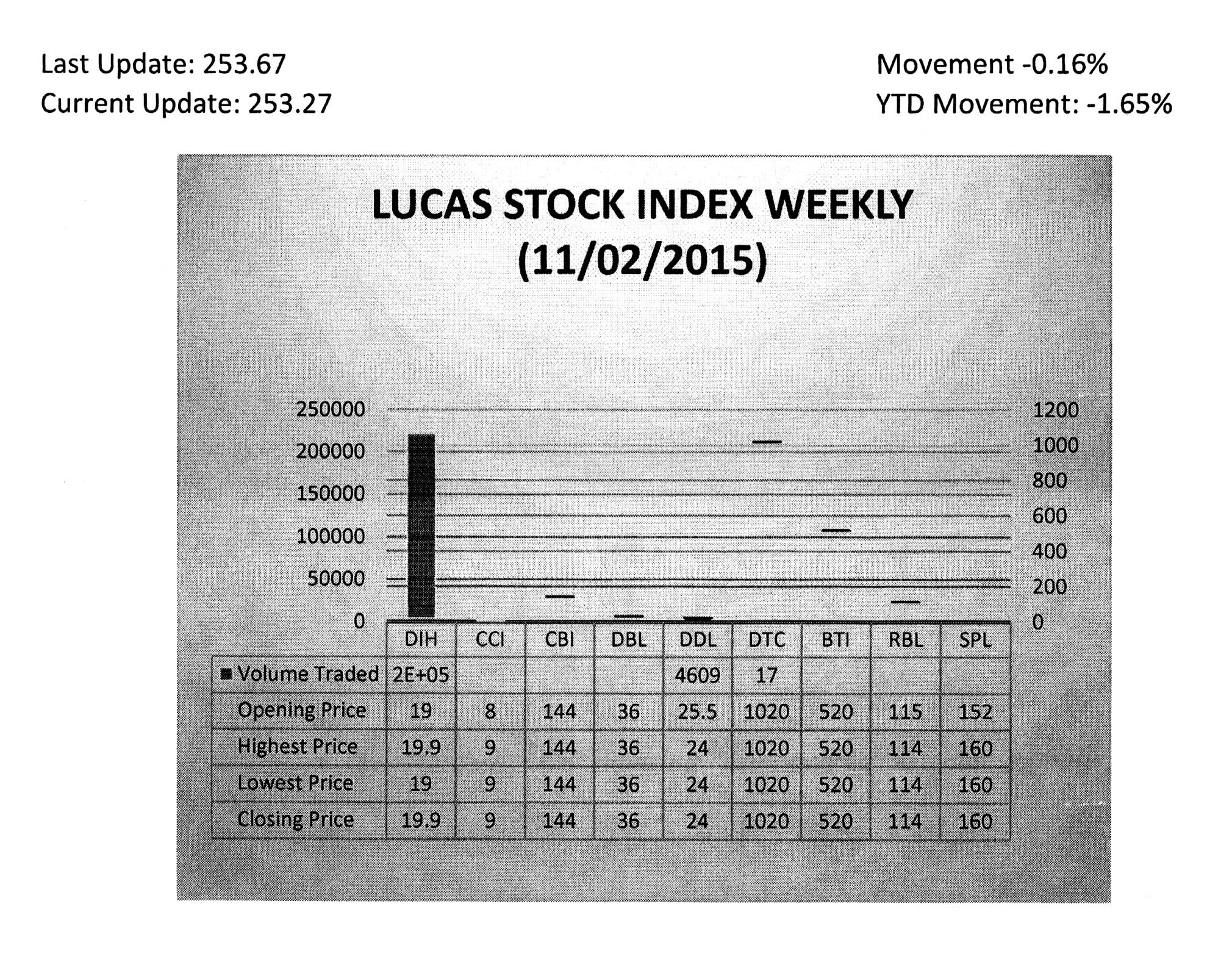Public affairs
The government is responsible for several enterprises that are classified in the public accounts as public corporations. In the normal course of events, public corporations can be regarded as entities that are created to administer public affairs. Not all the affairs of public enterprises in Guyana would have the appearance of public affairs. One would hardly think that sugar was a public affair beyond the fact that the government owned it. The administration of the enterprise hardly responded to public scrutiny or concern. GPL, another public enterprise, has had its fair share of condemnation as well. GUYOIL pops up as a news item every time that global fuel prices take a dramatic turn upwards or downwards or when fuel smuggling becomes annoying. Then there is the National Insurance Scheme (NIS) which, like the Guyana Post Office Corporation (GPOC) and the Guyana National Newspapers Limited, has more of a public role than the other entities.
 Those are six of the 10 companies that are listed as public corporations in the budget estimates of the Government of Guyana. The other four are the Guyana Rice Development Board (GRDB), the MARDS Rice Milling Complex Limited, Guyana National Printers Limited (GNPL), and the Guyana National Shipping Corporation (GNSC). Quite often some of these companies have been examined individually, but very little has been said of their collective impact on the national economy even though such aggregate data is often presented about them. Though there would be periodic reference to individual corporations, this article seeks to assess the collective impact of public corporations on the
Those are six of the 10 companies that are listed as public corporations in the budget estimates of the Government of Guyana. The other four are the Guyana Rice Development Board (GRDB), the MARDS Rice Milling Complex Limited, Guyana National Printers Limited (GNPL), and the Guyana National Shipping Corporation (GNSC). Quite often some of these companies have been examined individually, but very little has been said of their collective impact on the national economy even though such aggregate data is often presented about them. Though there would be periodic reference to individual corporations, this article seeks to assess the collective impact of public corporations on the

